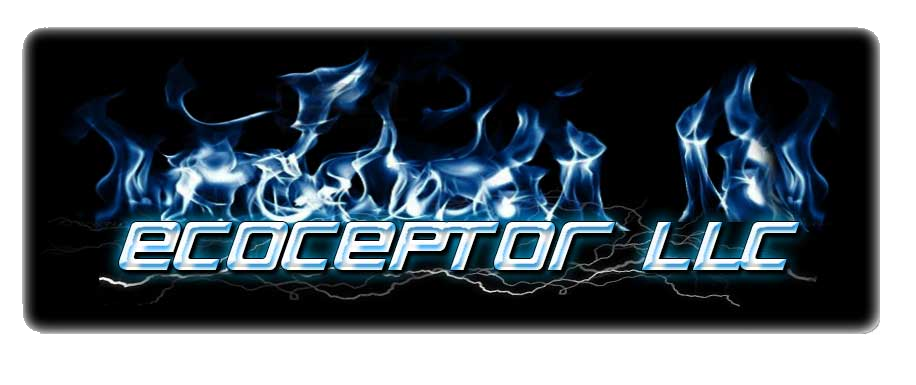Library Articles
Effects of Gasoline-Air Enrichment with HRG Gas on Efficiency and Emissions of a SI Engine
The addition of hydrogen to the gasoline-air mixture may contribute significantly towards accelerating the combustion process, with the beneficial effects on engine performance and emissions.
The present contribution describes the results of an experimental research where gasoline-air mixture was enriched with a Hydrogen Rich Gas (HRG) produced by the electrical dissociation of water. The HRG analysis shows the presence of hydrogen and oxygen together with some additional species.
Experiments were carried out at engine light and partial load. Detailed results of the measurements are shown, namely engine torque and efficiency, exhaust emissions, cyclic variability, heat release rates and combustion duration. The possibilities of improving engine performance and emissions in correlation with the amount of HRG, the equivalence ratio and the engine operating condition are thus outlined.
Effective hydrogen generator testing for on-site small engine
We propose a new concept of hydrogen generator testing for on-site small engine. In general, there is a trade-off between simpler vehicle design and infrastructure issues, for instance, liquid fuels such as gasoline and methanol for small engine use. In this article we compare the hydrogen gases combination the gasoline between normal systems (gasoline only) for small engine. The advantage of the hydrogen combines gasoline for small engine saving the gasoline 25 %. Furthermore, the new concept of hydrogen combination for diesel engine, bio-diesel engine, liquid petroleum gas (LPG), natural gas vehicle (NGV), which is discussed in details.
Effect of H2/O2 addition in increasing the thermal efficiency of a diesel engine
Using hydrogen as an additive to enhance the conventional diesel engine performance has been investigated by several researchers and the outcomes are very promising. However, the problems associated with the production and storage of pure hydrogen currently limits the application of pure hydrogen in diesel engine operation. On-board hydrogen–oxygen generator, which produces H2/O2 mixture through electrolysis of water, has significant potential to overcome these problems. This paper focuses on evaluating the performance enhancement of a conventional diesel engine through the addition of H2/O2 mixture, generated through water electrolysis. The experimental works were carried out under constant speed with varying load and amount of H2/O2 mixture. Results show that by using 4.84%, 6.06%, and 6.12% total diesel equivalent of H2/O2 mixture the brake thermal efficiency increased from 32.0% to 34.6%, 32.9% to 35.8% and 34.7% to 36.3% at 19 kW, 22 kW and 28 kW, respectively. These resulted in 15.07%, 15.16% and 14.96% fuel savings. The emissions of HC, CO2 and CO decreased, whereas the NOx emission increased.
Plasma Orbital Expansion of the Electrons in Water
Brown's Gas boasts a plethora of unusual characteristics that defy current chemistry. It has a cool flame of about 130°C (266°F), yet melts steel, brick and many other materials. Confusingly, research both confirms and rebuffs many claims about it, leading to a smorgasbord of theories today seeking to explain its unusual properties. One possible theory, currently gaining support even from establishment science, depicts "plasma orbital expansion of the electron in a water molecule". In this process, unlike electrolysis, the water molecule "bends" into a linear, dipole-free geometry. This linear water molecule expands to gain electrons in the d sub-shell, and these extra electrons produce different effects on different target materials. Electrons that scatter at point of contact produce heat based upon electrical conductivity, density and thermal capacity of the material. It also shows why Rydberg clusters are a part of browns gas and how the linear water molecule needs these clusters to survive. This paper will explain this new theory and why it is gaining popularity among scientist in academia.
Oxygen Lone-Pair Electrons behind Amazing Properties of Water-Electrolysis Gas-Mixture
The mixture of gasses evolving from water electrolysis, referred to by some as Brown’s gas, has some unusual characteristics defying current Chemistry but can be understood by involving the lone pair electrons of oxygen. The SP3 hybridization creates four equivalent electron orbitals for oxygen atom, two bond-pair and two lone-pair. The energy levels of the bond-pair electron are widely and unevenly spaced. The lone-pair electrons, in contrast, have narrow and equi-spaced energy levels. A bond-pair electron when excited to higher energy returns to the ground state immediately. The lone-pair electron however stays in its higher energy state for long. The cation H+ is neutralized at the cathode to liberate mono-atomic (H) and diatomic (H2) hydrogen gas. The anion OH- is oxidized at the anode to produce mono-atomic (O) and diatomic (O2) oxygen gas and water (H2O) vapor plus electrons (e-), which are transported externally to the cathode. The electrical energy of electrolysis promotes the lone-pair electrons of oxygen atoms to higher energy levels in the oxygen gas (O, O2) and in water (H2O) vapor. Since the energy difference ΔE between adjacent levels is small the life time Δt, related by ΔE-Δt >= h , is long to keep them stay promoted for a long time even after electrolysis. This increases the latent heat of combustion of the water-electrolysis gas-mixture, which though cool at about 130°C (266°F) can melt metals. When the electrolysis gas torch is directed to liquid water, gas’s water vapor component quietly dissolves un-burnt without producing enough heat to boil the liquid water. But water does boil if the gas torch heats the container from outside. The gas mixture burns in vacuum because no oxygen is needed from outside. No other theory, past or current, is so natural and explanatory.
